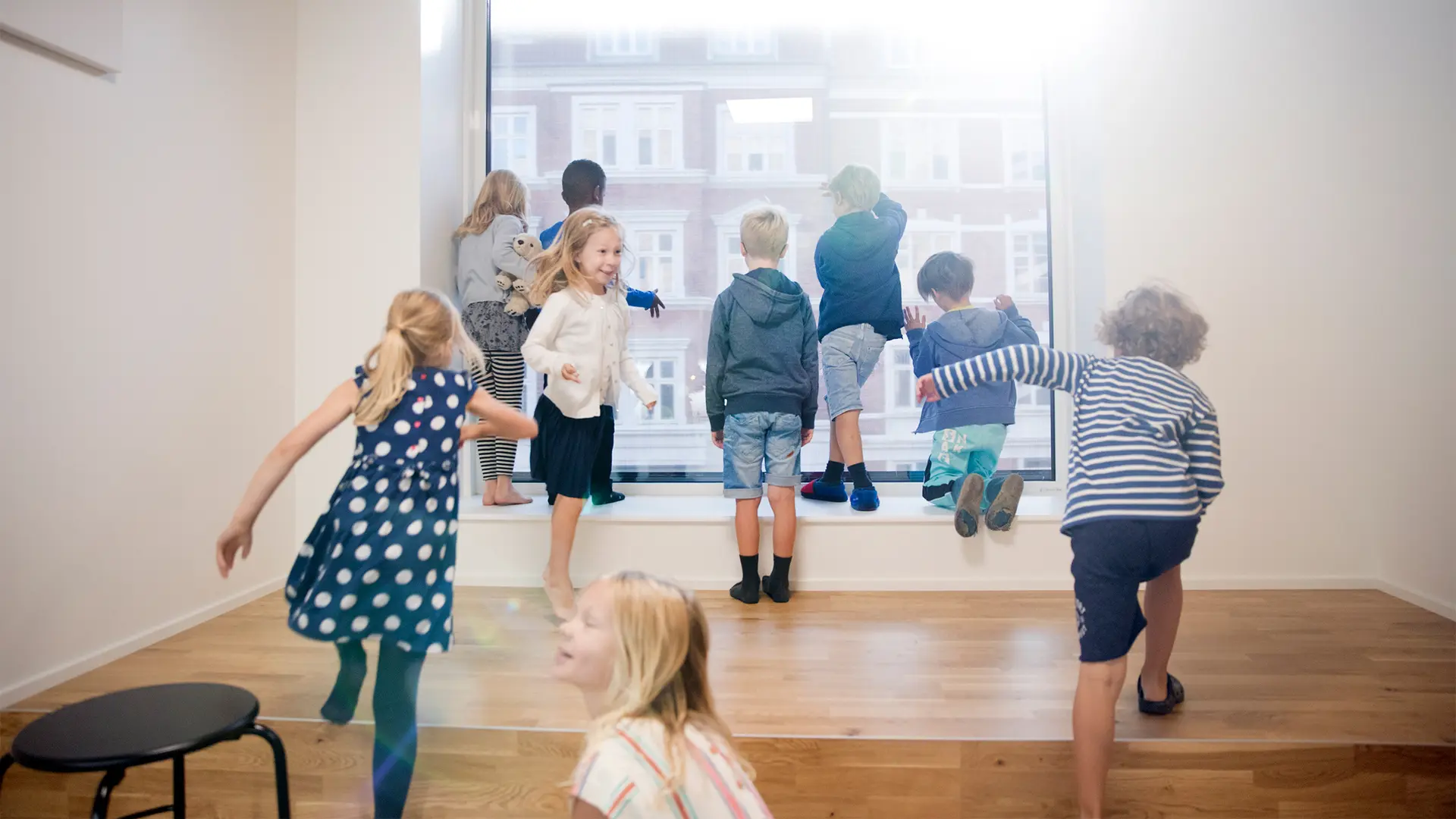We can’t afford to limit learning to the classroom

Making space for students to choose where they sit could help encourage a more independent, curious attitude toward learning.
Perhaps it’s time we bring learning out of the classroom.
Traditionally, we have treated the school as a composite; a primary structure of classrooms arranged in relation to a separate network of secondary, supportive spaces. Under this mindset, classrooms are the exclusive setting for learning. The quantifiable metrics of test scores and curriculum benchmarks become the prevailing standards for gauging a child’s development. But a comprehensive education is broader than the facts in a textbook. How might our perspective on learning change when we look for lessons beyond the classroom?
Research suggests that on average, transitional spaces – Hallways, stairwells, and foyers – Account for around 30 percent of the total floor space in schools. In most schools, this means that roughly a third of all interior space isn’t used for learning or socializing, but for shuttling students to designated settings for study and play. When we treat these in-between spaces as purely transitional, we discount the breadth of learning that takes place in schools: The social skills learned at cafeteria tables, athleticism, and cooperation on the playground, practical navigation, and organization in the hallways. Of course, these elements of learning are not a complete novelty to educators, but the way we design and think about learning spaces still places a prevailing focus on the quantifiable, traditional metrics of learning.
By rethinking the physical characteristics of the learning environment, we can affect students’ performance and attitudes toward learning. Paramount to this is using space to empower students – Especially in early education, affording students the ability to select the space in which they learn, to form workgroups, to offer sub-spaces to suit a greater range of moods, needs, and activities. Architecture anticipates the needs of its users, and in doing so, expresses an impression of who these users are. Children notice this – Studies show that students report feeling happier, more independent, and more creative when learning space design affords them greater independence over their environment.
The solution is as much about physical changes as it is about a shifting mindset. We can break the learning process down into three key phases: Receiving, reflecting and activating. Students absorb information during lectures but require space and time to internalize this new knowledge on their own terms. Then, this knowledge must be activated and put into use, to concrete a lasting understanding of the concept. Each of these phases comes with different spatial requirements, which are highly variable to individual learning styles. The solution, then, is to design learning spaces that empower students to claim their own space, allowing them to approach learning in a more personal manner.
Empowerment through architecture, in the context of learning spaces, can take many forms: Wider hallways with sofas for group work; classrooms where students can control their preferred lighting setups; a curriculum that anticipates more group work; and collaborative working tables to make space for this cooperation. Because space defines the experience, we should allow for space for the individual to define their experience.
The hallway is not just a channel between classrooms, but a vital part of a larger learning landscape. Classroom lighting is not just a practical consideration, but an emotional toll that can shape a student’s attitude towards learning. When we recognize that learning spills into transitional, shared spaces, we can design toward a future that allows students to learn more creatively, to take more responsibility, and to approach their environment and colleagues with a new sense of curiosity.



